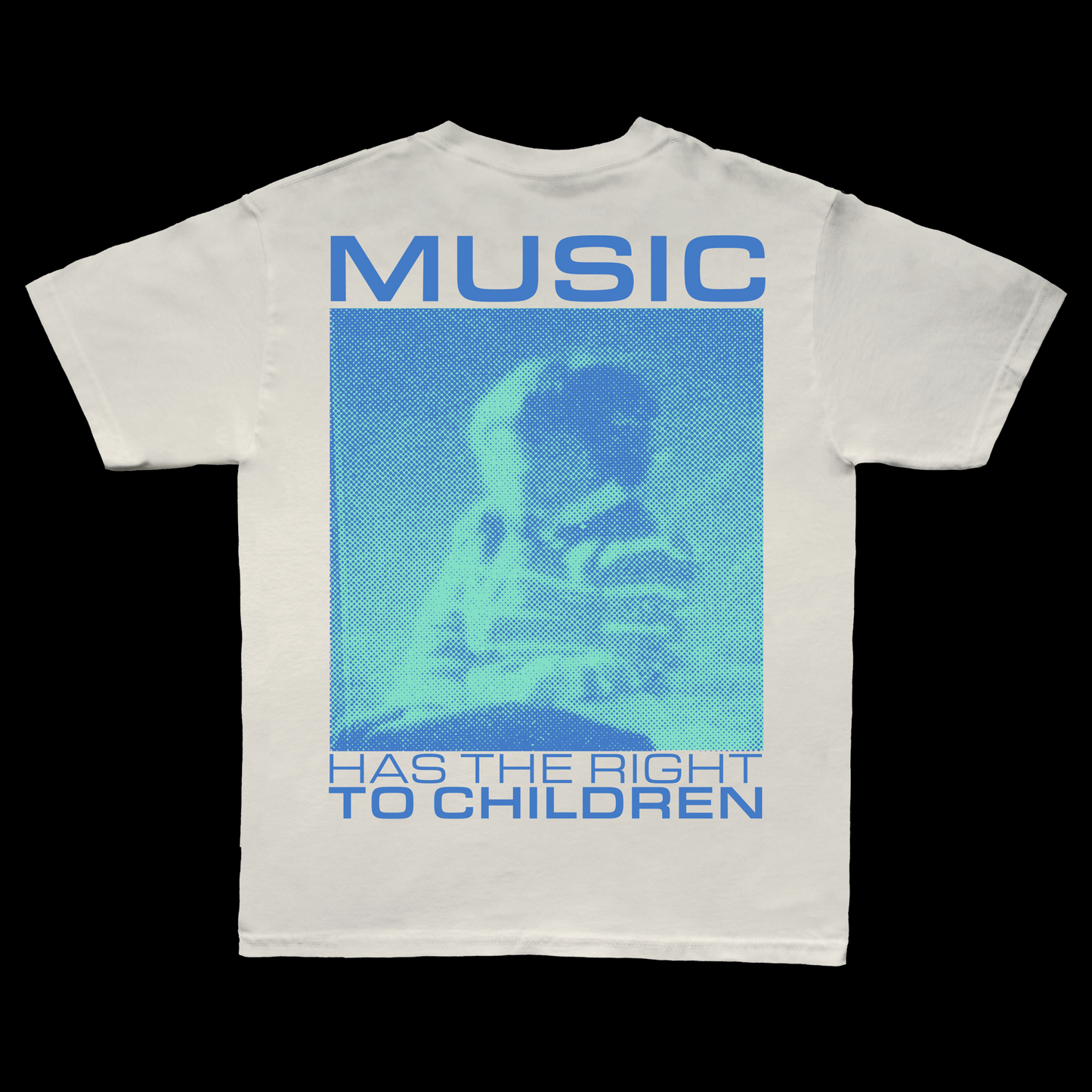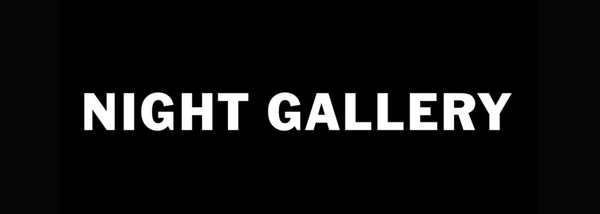Music Tee
Music Tee
Couldn't load pickup availability
ORDERS OPEN: 5/15/25
ORDERS CLOSE: 5/19/25
TO PRINT: 5/19/25
PRINTED ON CREAM LOS ANGELES APPAREL GD1801 TEES.
ALL ITEMS TAKE BETWEEN 3-6 WEEKS TO PRODUCE AFTER THE ORDER PERIOD ENDS. You will always receive your item unless otherwise contacted. All items are final sale. We are not responsible for lost, stolen, or misplaced packages.
Boards of Canada‘s breakthrough LP, Music Has the Right to Children, is ahead of and behind the times. It predates and predicts many of the most prominent and insightful trends of 21st-century electronic music while simultaneously sounding like something that’s been disinterred from the dirt and then left to melt in the sun. It’s both nostalgic and futuristic, whimsical and unsettling. It captures a particular moment of genuine optimism and innocence, offering a tragically brief glimpse of the dream of a kinder, gentler future in an album that is unlikely to be replicated.

Electronic music wasn’t known for being nostalgic in the late 20th century. At that stage, rockets were at full blast, hurtling electronic music towards the future. The dance music of the final years of the 1990s offered a fascinating, essential glimpse into the collective unconscious as we prepared to launch into a new millennium. Indeed, a wide variety of underground dance music of the time was an exercise in excess, embracing and reveling in the information overload, amping up the speed and intensity in styles like IDM, breakcore, jungle, drum ‘n’ bass, and various flavors of intense techno like gabba and hardcore in Europe. Alternative rockers 4 Non Blondes may’ve given us the slogan for the 1990s in the ubiquitous alternative radio staple “What’s Up?” with the title of their lone album – Bigger, Better, Faster, More.

However, despite sharing many ingredients with their contemporaries – a tendency toward sturdy downtempo breakbeats, hypnotic lock groove samples, and obscure disembodied vocals cresting above the fray, Board of Canada’s Music Has the Right to Children is one of the first signs of a culture pumping the breaks, perhaps subconsciously sensing the chaos and confusion waiting around the corner.

There is darkness just below the surface of Music Has the Right to Children, although it’s more strange than terrifying. The chopped-and-slurred spoken intro to “The Color of the Fire” brings to mind the surreal, vaguely sinister tone of early children’s television shows Barney or Teletubbies, evoking what theorist Bob Fischer describes as “childhood disquiet”. On his website, The Haunted Generation, Fischer uses the term to describe the strange mixture of thrill and dread that define the collective nostalgia of a particular era of British youth, whose formative experiences watching early Dr. Who and Threads on the BBC would inform what would come to be known as Hauntology, of whom Boards of Canada are considered a formative influence.

n his influential work on the 21st-century obsession with nostalgia, Retromania: Pop Music’s Addiction to Its Own Past, music journalist and cultural theorist Simon Reynolds talks about Boards of Canada and their influence on Hauntology, a theory and loose conglomeration of styles and artistic movements dealing with the past in some way. “Boards of Canada also pioneered the hauntological approach to creating old-timey and elegiac atmospheres through the use of sound treatments suggestive of decay and wear-and-tear,” he writes, “Our cultural memories are shaped not just by the production qualities of an era (black and white, mono, certain kinds of drum sound or recording ambience, etc. ) but by subtle properties of the recording media themselves (photographic or film stock that screams seventies or eighties, for instance). These properties include the medium’s specific rate of decay.”

Must we resign ourselves to sorting through the rubble of the past in a postmodern haze? With no hope of the future, must we retreat into an endless childhood? Music Has the Right to Children doesn’t pretend to have the answers. Instead, it raises the question in all its beautiful, confusing complexity and contradictions – much like the past itself. Now, 25 years later, the album sounds even more pertinent and prescient than when it was released. It reminds us that there are still plenty of photo albums to be poured over, plenty of bizarro 1970s sci-fi movies worthy of our obsession. It also reminds us that there will always be creative, imaginative, innovative, moving, and genuinely bizarre music in every era and every genre.
Share






